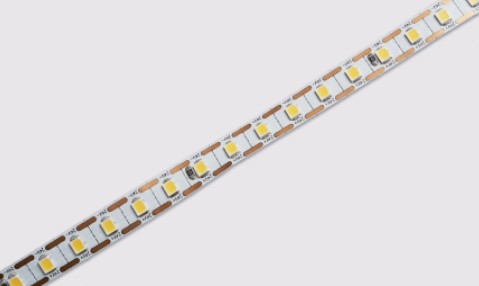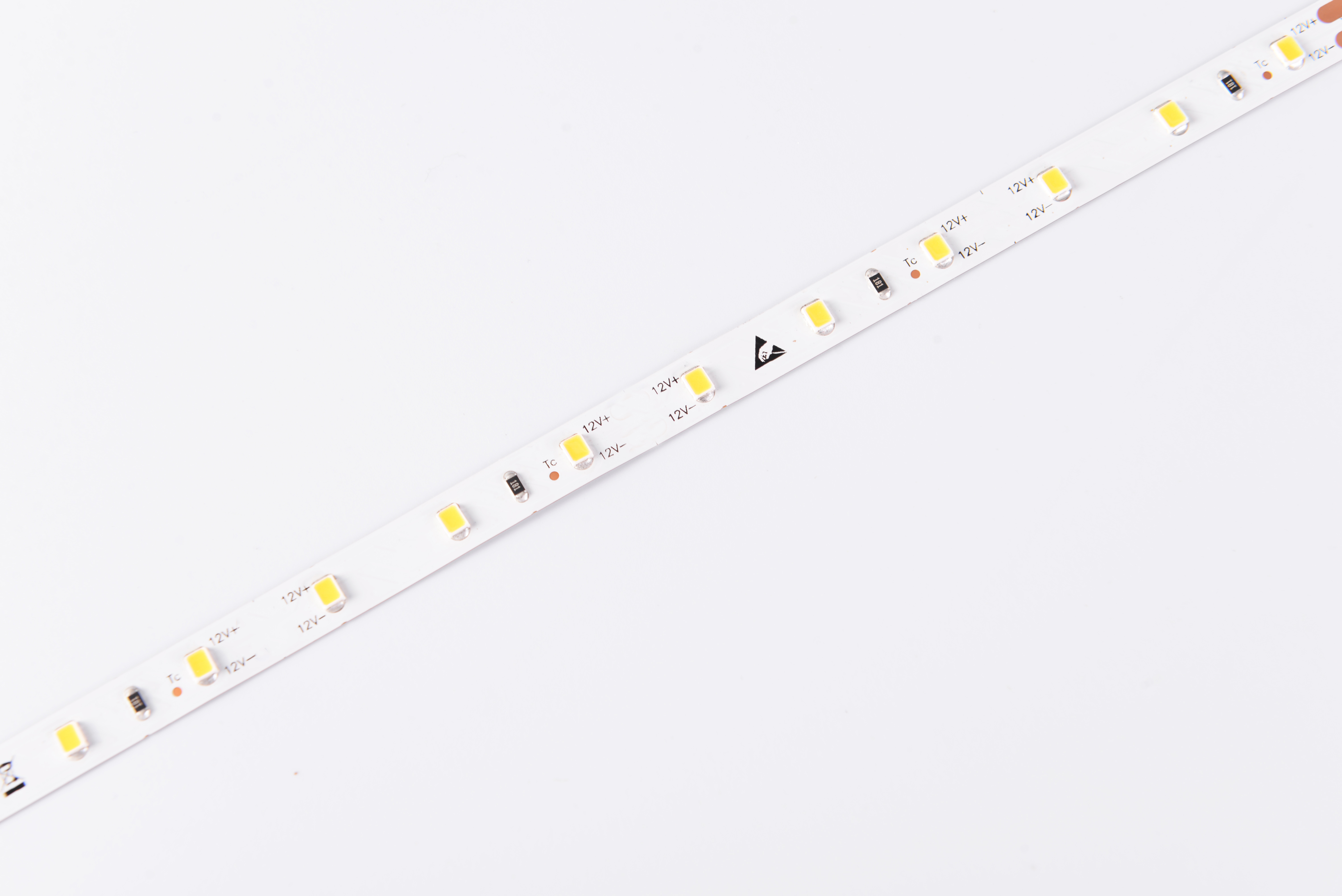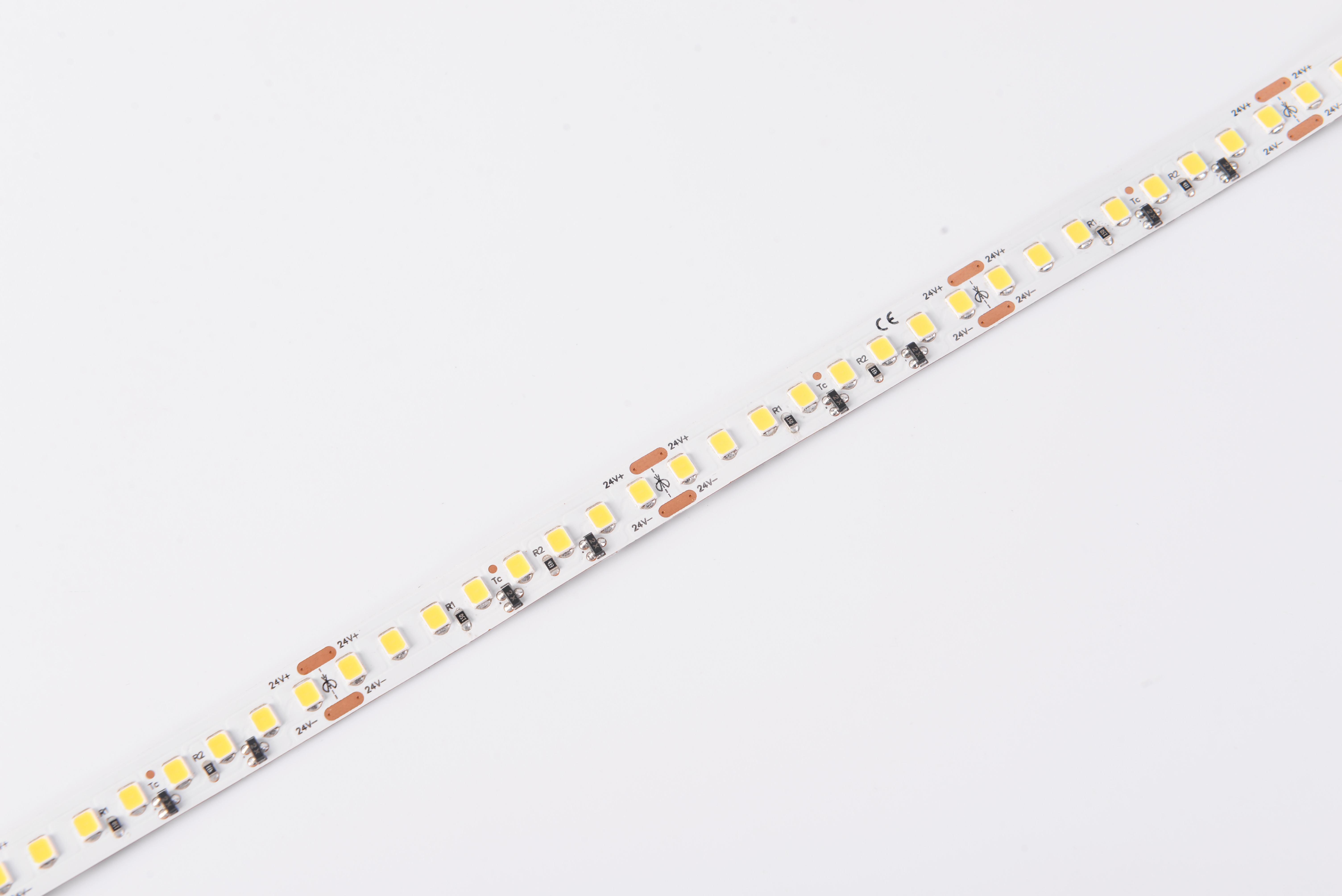LED STRIP
Discover all categories
- Select a value
-
- Select a value
-
Results
No exact match, try with fewer filters or a more generic term
Digimax and Colors LED: LED strips for indoor and outdoor applications
Each LED strip is configured with particular specifications:
LED strip temperature (or color tone): value expressed in Kelvin degrees, ranging from warm white to natural white (2,700-4,500° K), up to cold white or ice white (5,700-170,000° K);
Voltage: indicates the voltage from 12v or 24v, up to 230v LED strip, to be chosen based on the type of application and the power supply or LED driver;
LED/m: the quantity of LEDs present in half a meter of strip. This value affects the power, consumption and brightness of the entire LED strip;
IP protection degree: identifies the suitability of an LED strip for outdoor or indoor use. For indoor applications IP20 or IP33 degrees of protection are suitable, while for outdoors IP65 or IP67;
PCB width (or LED strip thickness): varies from 5mm to 15mm, and is fundamental information for choosing between the most suitable LED strip aluminum profiles for use.
The Colors LED strips distributed by Digimax are suitable for different types of installations for internal, professional and domestic use (LED strips for false ceilings, corridors, recessed), but also for applications in difficult places thanks to the waterproof LED strips for outdoors (road signs, illuminated billboards).
Furthermore, thanks to the partnership with Colors LED, Digimax offers a series of eco-compatible LED strips that comply with the EcoDesign legislation, to create cutting-edge LED lighting projects.
FAQ
Come scegliere una LED strip?
In base fattori quali potenza, tensione di alimentazione, temperatura colore, indice di resa cromatica (CRI), tipo di luce (monocromatica, tunable white, RGB) e grado di protezione IP in base all’ambiente di installazione, interno o esterno.
Le strisce LED consumano molta elettricità?
No, le strip LED sono molto efficienti. Il consumo varia tra 4 e 20W per metro, offrendo alta luminosità con bassi consumi rispetto alle soluzioni di illuminazione tradizionali.
Cosa serve per installare una striscia LED?
Occorrono una striscia LED, un alimentatore compatibile, connettori o cavi, eventuali profili in alluminio e, se richiesto, un controller per regolare intensità o colore della luce.
Qual è la differenza tra strisce LED a 12V e 24V?
Le strisce LED a 24V rappresentano la scelta professionale per la maggior parte delle installazioni. A parità di potenza, richiedono una corrente inferiore rispetto alle versioni a 12V. Le strisce a 12V sono indicate per tratte più brevi o applicazioni specifiche, come nel settore automotive.
Come scelgo il grado di protezione IP corretto per il mio progetto?
La scelta del grado di protezione IP dipende dall'ambiente di installazione. In generale, considera IP20 per ambienti interni completamente asciutti e protetti da polvere e contatto (es. velette, armadi). IP65 per zone esposte a schizzi d'acqua diretti o forte umidità (es. sottopensili cucina, bagni, esterni protetti da tettoie). IP67/IP68 per installazioni esterne esposte agli agenti atmosferici o per immersione temporanea.
Perché installare strisce LED con profili in alluminio?
I LED, durante il loro funzionamento, generano calore che, se non correttamente smaltito, ne causa il surriscaldamento. Questo porta a una drastica riduzione delle performance e della vita utile della striscia.




